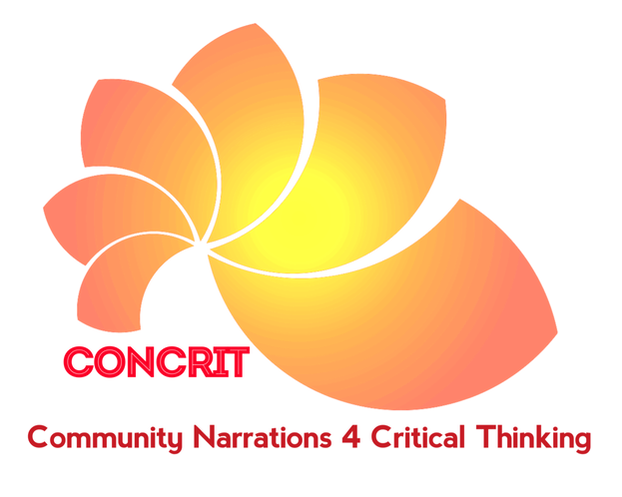Defining a story
Aims of the activity[edit]
Identify fact and fake elements on building a narrative regarding relationships.
Resources, Materials needed[edit]
Paul and Jane story:
Paul and Jane met at an event regarding social inclusion challenges. They have discussed a variety of topics, discovered that they share interest in gardening, and using nature as a tool to help people with crises. After that encounter Jane started to share random news with Paul on social media. Then she began to write messages that weren't clear to Paul, she suggested common actions to develop different initiatives. Paul felt insecure, didn't know how to respond, withdrew from interaction with Jane, but she continued to share stories and contact with him. For Paul it seemed that she didn't necessarily want to contact him, his thought, but send some content. He thought she was 'screaming for help'. He reflected that she might need some professional help and she might be sick or in some kind of crisis. Paul's friends suggested that she's crazy and dangerous.
Duration in minutes[edit]
30 minutes.
Step-by-step - what has to be done[edit]
1. Introduce the participants to the story of Paul and Jane.
2. Underline parts of the story which are facts and which have fake quality.
3. Ask the participants how the story could be solved or how future contact between Paul and Jane should look like?
Learning Outcomes - which skills are adressed?[edit]
The participants learn that everyday situations have fact/fake qualities when we use descriptions. We observe what awareness and insight can bring, such as better understanding, possibility to prepare for future challenges.
How do you check the outcomes are reached?[edit]
Participants are asked to share similar stories that happened to them, how they solved the problem then and how they would solve the problem now.
